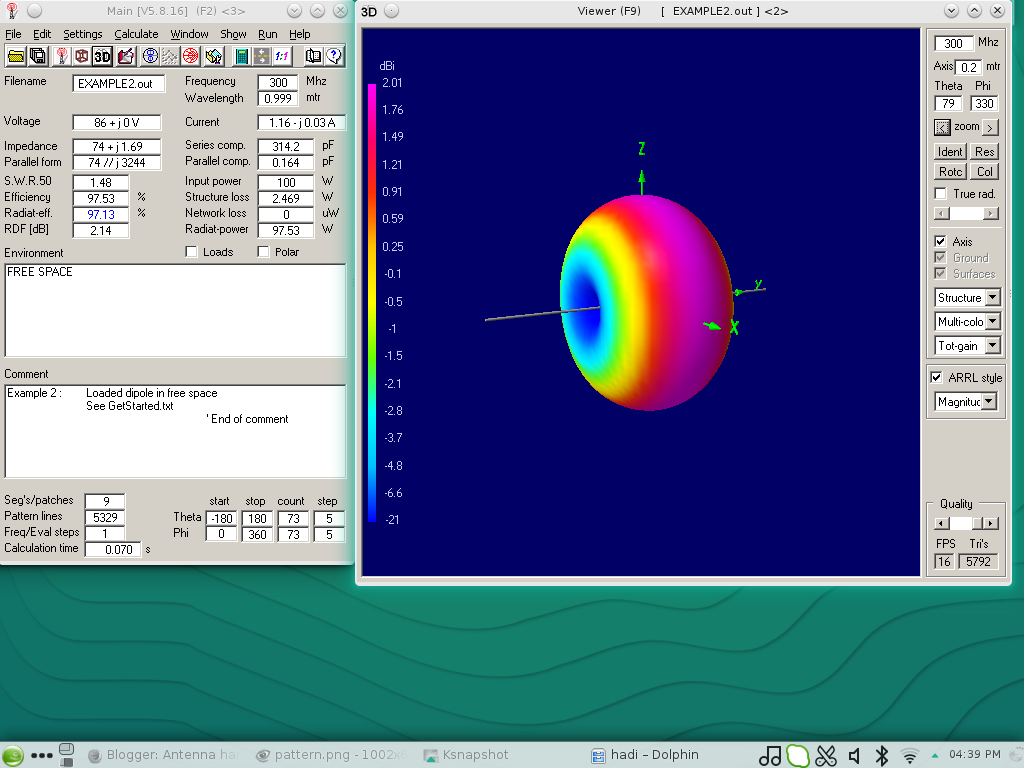Handbook Antenna Design
N5DUX Ham Radio PDFs. Pager Handbook for the Radio Amateur.pdf - 843.30 KB; Perl-Tk Package for NEC Based Antenna Design.pdf - 609.16 KB.

• • + Show details - Hide details • p. 60 –127 (68) This chapter and the following one deal with the two principal types of quasi-optical antenna: reflectors and lenses. The principles of ray optics, as opposed to guided-wave or constrained-wave theory, are instrumental in their design. The term “optics”, however, is considered in its most general sense, and diffraction (e. Cara Mencari Background Pada Folder Windows 7 Tanpa Software Engineering. g. Physical optics, geometric optics and the geometric theory of diffraction) and aberrations are also included.
Canon Printer Drivers Pixma Mp 800 Driver Download. In fact, the commonest microwave antenna, the collimating reflector, is a diffraction-limited device which is incapable of being analysed using ray optics alone. Other material in these chapters goes significantly beyond the normal realm of optical principles: e.g. Spherical wave theory, tolerance theory, aperture blocking, frequency-selective surfaces, contoured beams and low-noise antennas. Yet these subjects are held together by the common thread of their direct applications to quasi-optical antennas.
• • + Show details - Hide details • p. 415 –465 (51) This chapter introduces the basic concepts used in hybrid scanning systems and outlines general principles common to all of the antenna techniques described later in the chapter. It describes some of the more pertinent characteristics of reflector antennas and explores the development of hybrid scan systems using a single reflector or a reflector in combination with another reflector, lens or constrained matrix. The chapter reviews the technology of lens-array, dual lens-array hybrids and hybrid systems consisting of a lens and a constrained multiple beam matrix. Comments on the use of these kinds of feed systems in error tolerance control, pattern null steering and sidelobe control, and in addition discusses the sidelobe suppression achievable with spatial filtering techniques. • • + Show details - Hide details • p. 466 –505 (40) In this chapter, the fundamental characteristics of the multiple beam antenna (MBA) are presented, with some of the associated physical limitations governing the synthesis of the desired radiation patterns.
Since these antennas have a wide variety of performance capability, a 'figure of merit' is presented as an aid in assessing the performance of an MBA. These systemic features, a description of classical versions of the MBA, the associated beam-forming networks, and some examples are presented as an introduction to the multiple beam antenna. • • + Show details - Hide details • p. 506 –583 (78) The isolated and relatively small microwave antenna is the topic in this chapter.
Array elements and large antennas are covered in other chapters. The basis for the selection has been novelty, either in design or in theory of operation.
Most of the material in this chapter has not appeared in previous antenna design books, which date back 10 to 15 years, although of course some overlap is unavoidable. An understanding of the physical principles, in network theory or wave propagation, is the underlying philosophy, since this seems to be the basis for new, innovative design. The mathematics has been kept to a minimum, but the references will carry the reader on to greater details. • • + Show details - Hide details • p. 584 –694 (111) In recent years, the variety of antenna measurement techniques has expanded considerably and these are dealt with in the following Sections. The topics covered commence with a study of the antenna as an unknown radiating structure in space, which is to be investigated by using a source and a detector. A discussion on impedance measurements is followed by current distribution measurements where a probe is moved close to the antenna structure.
This leads on to an extensive explanation of near-field techniques where the field of the test antenna is sampled close to the antenna and transformed to obtain the far-field. Several techniques carried out in the intermediate range, between near-field scanning and the conventional far-field distance, are described, including compact ranges and de-focusing methods. The traditional far-field methods for measuring directivity, gain, phase centre, boresight and scattering are then considered. Lastly, a description is given of both outdoor and indoor test ranges and the methods used to evaluate their performance.
Based on the 1980 text, Microstrip Antennas, this volume offers information on designing any type of microstrip antenna. In addition to addressing essential microchip antenna theory, the authors highlight current design and engineering practices, emphasizing pressing issues such as broadbanding, circular polarization and active microstrip antennas in particular. Special de Based on the 1980 text, Microstrip Antennas, this volume offers information on designing any type of microstrip antenna.
In addition to addressing essential microchip antenna theory, the authors highlight current design and engineering practices, emphasizing pressing issues such as broadbanding, circular polarization and active microstrip antennas in particular. Special design challenges, ranging from dual polarization, high bandwidth, and surface wave mitigation, to choosing the proper substrate, and shaping an antenna to achieve desired results are all covered. The book includes more than 400 illustrations, and over 1600 equations and analytical techniques for all types of common microstrip antennas.